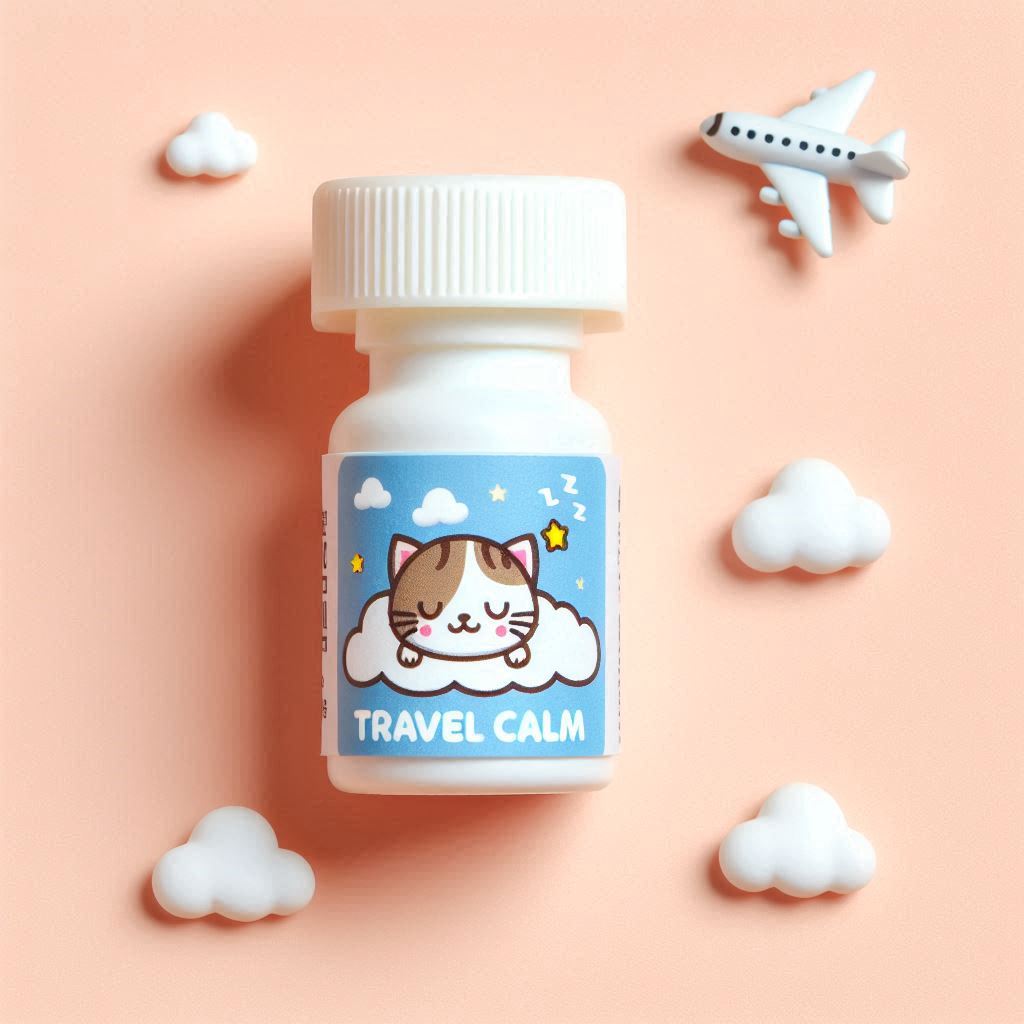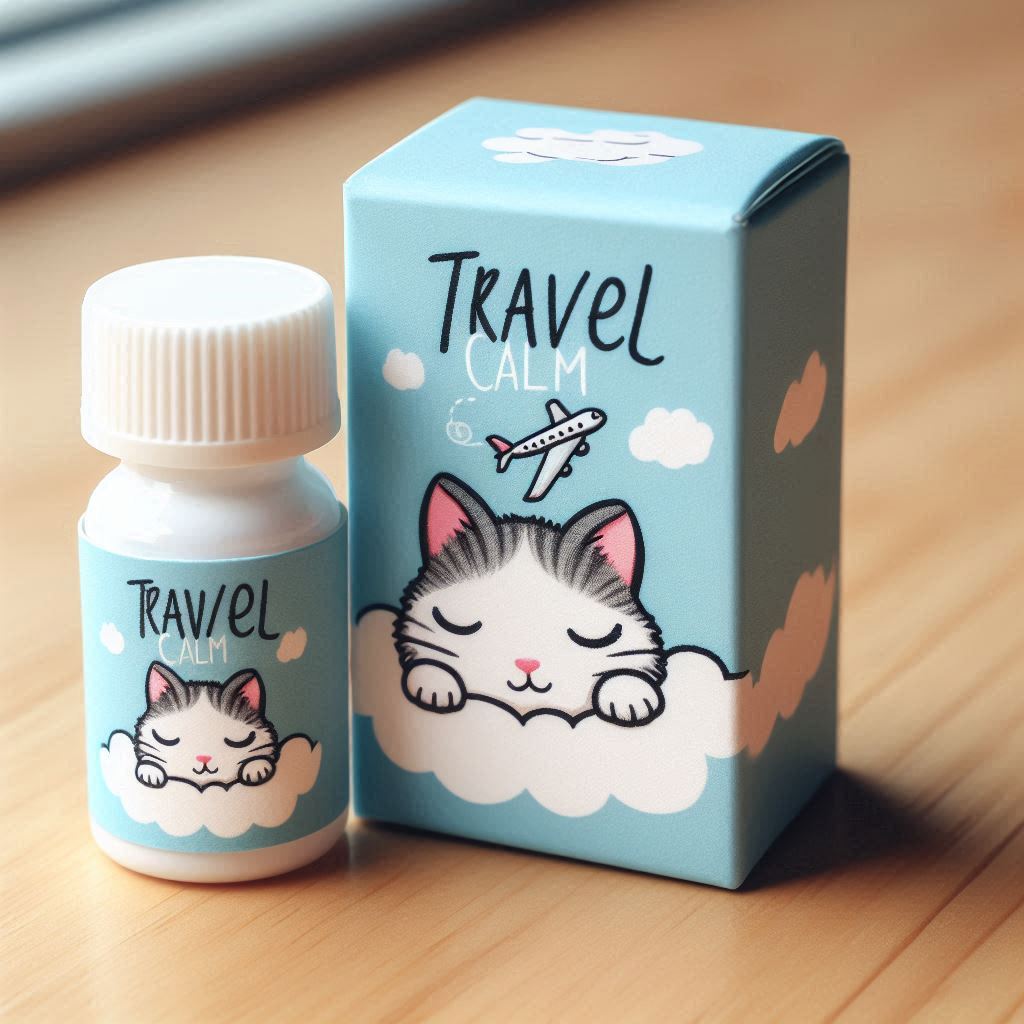
Travel can be a stressful process. Planning, packing, purchasing airline tickets, booking accommodations and trying to save a buck in the process can be harrowing.
But, no matter how nerve-racking travel is for you, it is doubly so for your cats. But options are limited. Boarding them can be prohibitively expensive.
And you may not have a friend or family member available to watch them in your absence.
They must sometimes be your (unwilling) travel companion. That can be a frightening and miserable experience for them.
Loud noises, strange sights, and a constantly-bouncing carrier can have a negative impact on your cat’s health and well-being.
To ease their hardship, Many cat owners opt to sedate their feline with tranquilizers. You may be uncertain due to a lack of knowledge about tranquilizers and what effect they might have on your cat.
Your cat is your friend after all and you are (rightly) apprehensive about drugging them. Fear not.
Sedation has been common practice for a very long time and I am here to take the guesswork out of the equation and help you decide if tranquilizers are right for your cat.

What is Sedative?
Sedatives are a medicinal drug used to reduce tension and anxiety and in slightly higher doses, to render unconscious. There is an array of tranquilizers available and a variety of ways to administer them.
Pills, for instance, are the most common method of delivery when sedating cats for travel. Buspirone (trade name Buspar™), Alprazolam (Xanax™) and antihistamines such as Benadryl™ are commonly used.
The effects of Benadryl™, however, are mild and cats HATE the taste. It may cause them to gag, foam at the mouth and vomit.
Sedatives can also be delivered via gas. Halothane, isoflurane, and sevoflurane are all used by veterinary clinics to ease animals into a deep sleep. Though most cats will not allow a mask to be placed over their mouths.
The benefit for cat owners especially is that gas is by appearance the most peaceful way to sedate your cat. No needles. No drugging treats or force-feeding them pills.
The downside is that gas-based tranquilizers have the shortest duration. Often only 10 – 15 minutes. Which is not sufficient or practical for travel.
One of the most common tranquilizers used for pets is ketamine. Administered intravenously, ketamine has a long history of success, not only as a sedative but also to treat chronic pain.
The US National Library of Medicine and the National Institute of Health report that ketamine has been in use as a sedative since 1964.

What Does a Sedative Do, Exactly?
First developed in the 1950s, tranquilizers were tested on humans and were mostly successful. A decade later, ketamine was used to treat injured soldiers.
The Annals of Emergency Medicine, an international medical journal noted that ketamine “…induced a trance-like state while providing pain relief.”
Those subjects on which the drug was tested related feelings of total relief of anxiety and pain and a not-unpleasant sense of floating.
Antidepressant effects were also reported. Additionally, heart function, breathing, and airway reflexes generally remained functional during its effects.
How Safe are Tranquilizers?
Tranquilizers are generally considered safe. As reported by the Journal of the American Society of Anesthesiologists, ketamine was used extensively during the Vietnam War because of its safety. Follow this link for a fascinating and thorough history of the drug.
How Long Do the Effects Last?
Typically, tranquilizers take effect within five minutes and may last anywhere from twenty-five minutes to several hours.
Factors include drug type, a method of delivery, dose, the size and weight of your cat and the cat’s metabolism.
Are There Side Effects?
All medications have some side effects. The effects of tranquilizers considered adverse include:
- Dry Mouth
- Problems Urinating
- Vomiting
- Diarrhea
- Loss of Appetite
- Anxiety
- Agitation
Rare, but serious side effects include, but are not limited to:
- Fast Heartbeat
- High Blood Pressure
- Involuntary Quivering
- Involuntary spasms of the larynx (this causes the cat vocalize while under sedation)
- Confusion
- Life Threatening Allergic Reaction
Travel Tips
Whether you decide that sedation is right for your cat or not, there a lot of things you can do to provide them with comfort in a situation that is going to cause them stress.
If You’re Traveling in a Car
- Provide them with a carrier large enough that they can stand, turn and stretch inside of it.
- Cover the carrier with a blanket. This will shield them from sights and noises that may frighten them.
- Secure the carrier with a seatbelt so that it does not slide around.
- Don’t feed your cat just before the trip. They will be okay without food for most of the day. Water, however, is essential. Stop periodically (every 4 hours) and let them drink and use their litter box. Do not leave a water dish in the carrier with them as it will likely spill. Then you’ll have a mess and an unhappy cat.
If You’re Traveling by Air
- Check to see if the airline you’re taking allows pets in the cabin. If they don’t, your cat may be held in a cargo hold below the cabin.
- Show up early to the airport. If pets are allowed on board, it will be on a first-come-first-serve basis.
- Bring a copy of your cat’s medical records displaying their vaccination history, your name, address and phone number and attach it to their carrier.
Veterinarian Dr. Greenway offers additional travel tips for your pet through the Healthcare For Pets YouTube channel.
Bon Voyage!
The truth is that cat’s do not like change. And travel is nothing but change. It is recommended that you find a cat sitter and leave them behind when you go on vacation. If you must take them with you, it is generally considered safe to sedate them.
However, the ASPCA recommends that you only do so with medication prescribed by a veterinarian. So, ALWAYS consult your vet before attempting to treat or medicate your cat.

Hi, This is Alexa, and I love cats. This Website is a Complete Journal about how to travel with a cat and other information about Cat Health, Cat Training, Cat Behavior, Cat Foods and more. I hope you find it useful.
